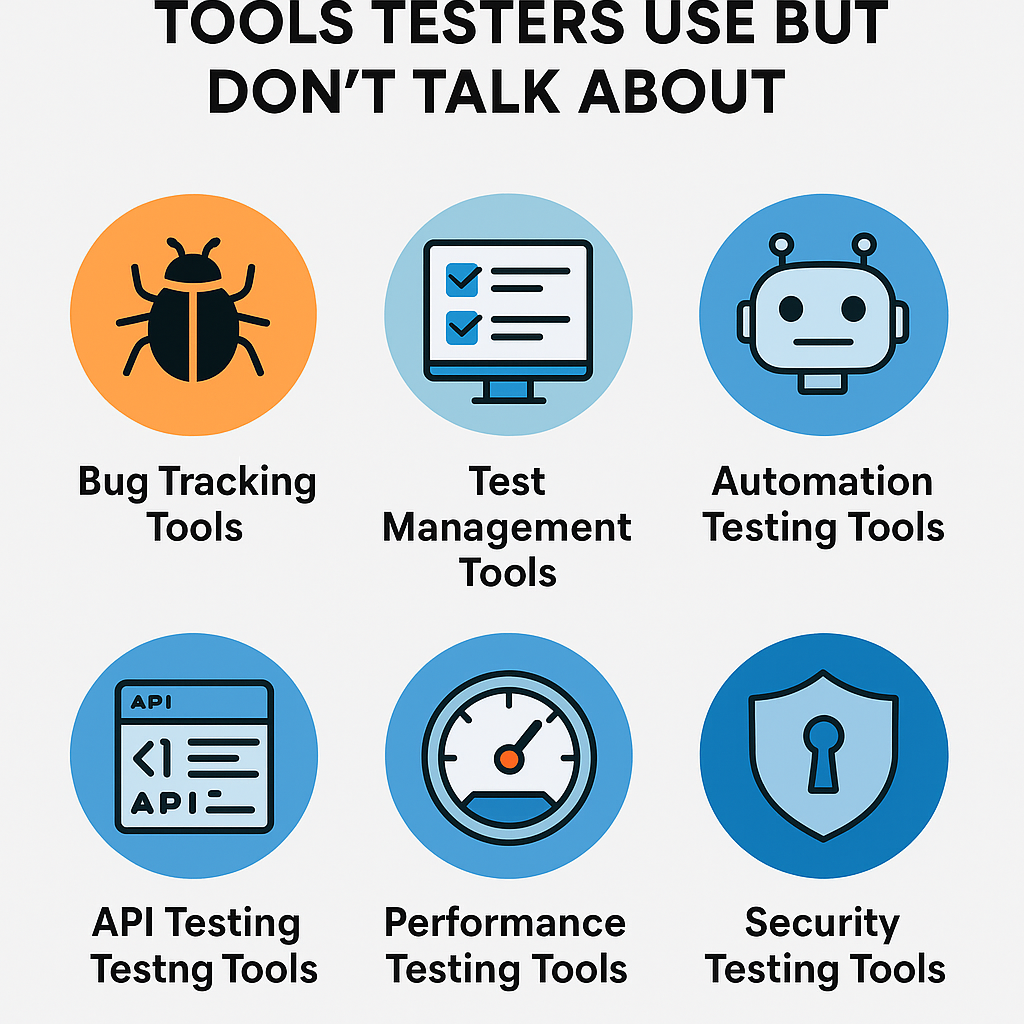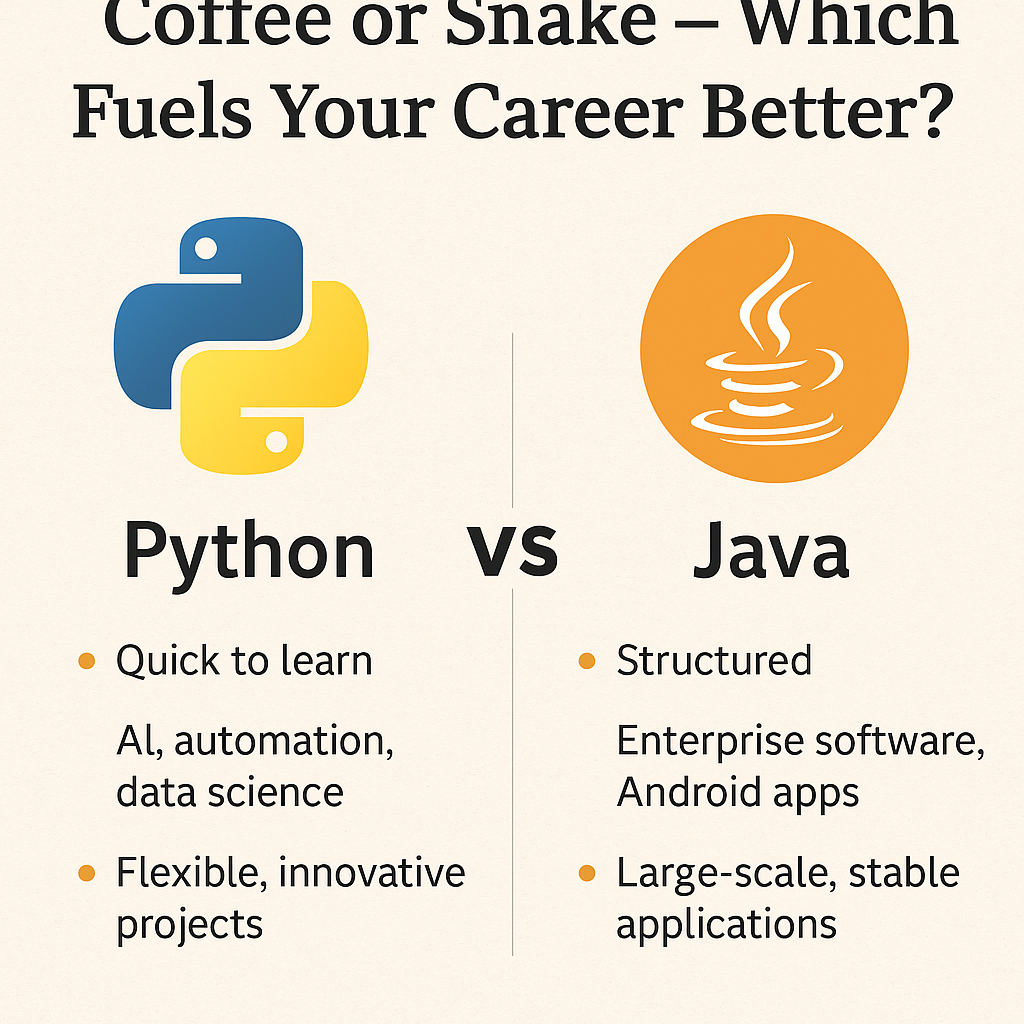Welcome back to the Cucumber tutorials series. This is our third tutorial for Cucumber free training. In 2 tutorials, we have talked about the following points:
- What are BDD frameworks
- What is Cucumber? What are the problems we can solve with Cucumber?
- How the industry is using Cucumber?
- What is Gherkin’s syntax?
- What are the different terms in Gherkin syntax?
To know more details, please visit the following links:
1. What are the BDD frameworks? What is Cucumber?
Alright. Let’s go ahead.
In this tutorial, you will learn:
What is a Build Tool?
The term ‘build tool’ refers to a tool that automates everything related to building a software project. The process of building a software project typically involves one or more of these activities:
- If auto-generated code is used in the project, then it should be generated.
- Creating documentation from source code.
- The process of compiling source code.
- Package the compiled code into JAR or ZIP files.
- The installation of the packaged code on a server, in a repository, or somewhere else.
Any given software project may require additional activities beyond those required to build the finished software. These activities can usually be connected to a build tool, so they can be automated.
By automating the build process, you can reduce the risk of human errors while building the software manually. Also, an automated build tool is usually faster than a human doing the same steps manually.
What is Maven?
Maven is a project management tool that uses a POM (project object model). It is used for project build, dependency, and documentation purposes. It makes the build process simpler.
In other words, a maven is a tool that can be used for building and managing any Java-based project. Maven makes Java developers’ work easier and helps them understand any Java-based project.
It is a popular open-source tool created by the Apache Group. It lets you build, publish, and deploy several projects at the same time. The tool provides developers with the ability to create and document the lifecycle framework.
What types of problems we can resolve with maven?
In order to work on any third-party applications, you must associate the Jar files and configure them manually.
However, the Maven project provides the dependency for third-party or API applications in the POM file.
Problems Resolved –
- Maven makes the build process easier since it adds dependencies to Maven.
- The information Maven provides about your project is derived in part from your project’s POM and in part from the sources of your project. This makes it easier to acquire project information.
- The primary objective of Maven is to provide developers with a comprehensive project model that is reusable, maintainable, and easy to understand. The issue of reusability is also addressed using the Maven model.
- Furthermore, Maven provides a link to the Maven wiki page where the full error description can be found. This makes the environment more error-friendly.
What are dependencies?

Dependency is a term used in software engineering to describe when one piece of software depends on another. Dependencies tells you when certain tasks need to be done and how they connect to each other.
Maven dependency files are JAR files that Java applications use. Based on the POM file, Maven will download and add the Java file to our Java path.
What is pom.xml file?
The Project Object Model is what POM stands for. It is a fundamental component of Maven’s work. The project’s pom.xml file is an XML file that is located in the base directory of the project. There is information about the project and various configuration details used by Maven to build the project in the pom.xml file. POM has the goals and plugins.
When you do a task or goal, Maven looks for the POM in the current directory. It reads the POM, obtains the necessary configuration information, and then executes the goal. The following configurations can be specified in the POM−
- project dependencies
- plugins
- goals
- build profiles
- project version
- developers
- mailing list
What are the different elements of the pom.xml file?

Elements are available by default
- project: This element is the root element in the pom.xml file.
- modelVersion: It is the project’s sub-element. It defines the modelVersion. It should be set to the latest version.
- groupId: It is the sub-element of the project. This field specifies the ID for the project group.
- artifactId: It’s a component of the project. It contains the artifact’s ID (project). An artifact is a thing that was created or used as part of a project. The project artifacts created by Maven include jars, source, and binary distributions, and Wars.
- version: It is an essential component of the project. It specifies the version of the artifact within a given group.
Additional pom.xml elements
- packaging: defines packaging type such as jar, war, etc.
- name: defines the name of the maven project.
- url: defines the URL of the project.
- dependencies: defines dependencies for this project
- dependency: defines dependencies for this project.
- scope: defines the scope of the project. It can be compiled, given, runtime, tested, or system.













